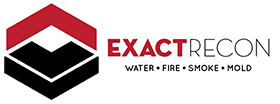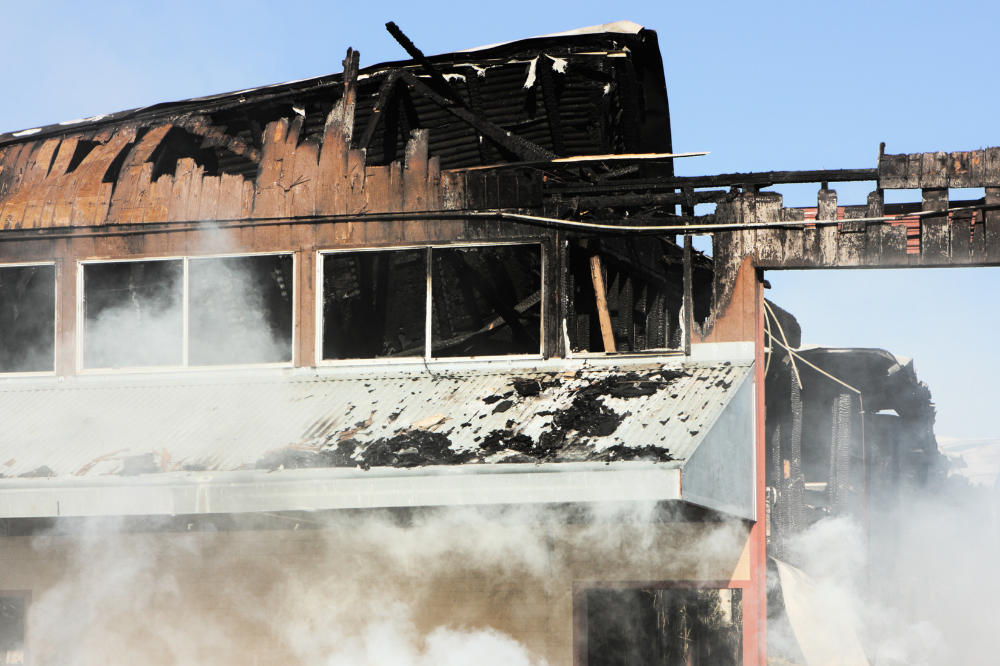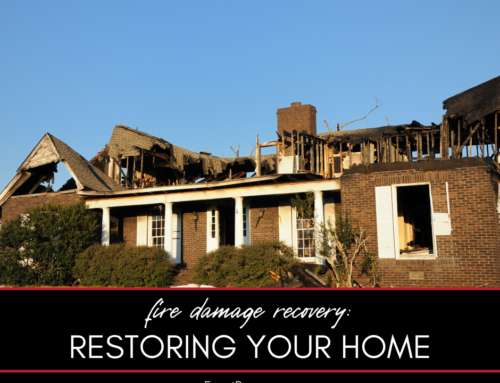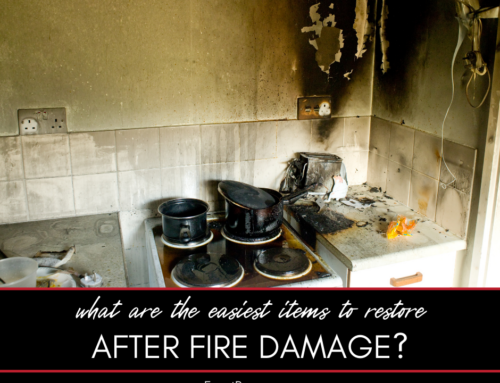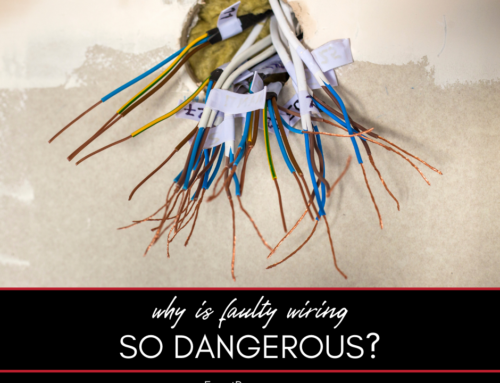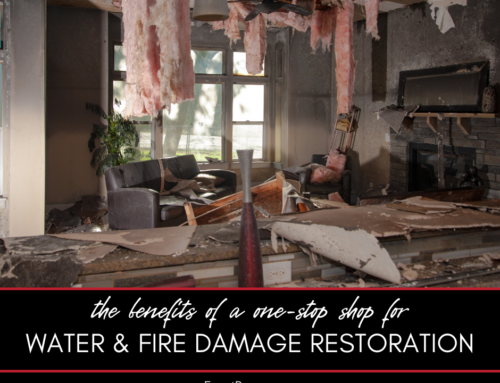Fire damage can be a traumatic experience for any homeowner, but did you know that there’s a science behind the restoration process? Understanding the principles at work during fire damage restoration can help you appreciate the steps professionals take to bring your home back to its pre-fire condition. In this guide, we’ll explore the science behind fire damage restoration and discuss the critical aspects that make the process effective.
The Science Behind Fire Damage Restoration
This guide explains the following:
- Fire and Smoke Behavior
- Soot and Residue Types
- Cleaning and Restoration Techniques
- Deodorization Methods
- Content Restoration
Here’s a closer look at each.
Fire and Smoke Behavior
Understanding fire and smoke behavior is essential in the fire damage restoration process. Professionals need to know how smoke travels through a building, the impact of heat on various materials, and the factors that influence fire spread. This knowledge allows them to develop a targeted and effective plan for addressing the unique circumstances of your fire.
Related: What to expect during the fire damage restoration process
Soot and Residue Types
Different types of fires produce different types of soot and residues. These can range from dry, powdery soot generated by high-oxygen fires to thick, sticky residues produced by low-oxygen fires. Professionals must identify the type of soot and residues present to select the most effective cleaning techniques and products for your specific situation.
Cleaning and Restoration Techniques
There are various cleaning and restoration techniques employed during the fire damage restoration process. Professionals use a combination of mechanical, chemical, and thermal methods to remove soot, smoke, and other residues from your home. By tailoring the approach to the specific type of fire and the materials affected, they can effectively restore your home to its pre-fire condition.
Related: Understanding different types of water damage
Deodorization Methods
Addressing lingering smoke odors is a crucial aspect of fire damage restoration. Professionals use a range of deodorization methods, such as thermal fogging, ozone treatment, and hydroxyl generators, to neutralize and eliminate stubborn odors. By employing the right combination of these methods, they can ensure your home is free of any lingering smoke smells.
Content Restoration
Restoring your belongings after a fire is an essential part of the fire damage restoration process. Professionals use various techniques, including ultrasonic cleaning, dry cleaning, and specialized washing systems, to restore a wide range of items, from clothing and textiles to electronics and artwork. By understanding the unique properties of each material, they can select the most appropriate method for restoring your valued possessions.
Related: Protecting your home from water and fire damage with regular maintenance
By understanding the science behind fire damage restoration, you can appreciate the techniques and tools professionals use to bring your home back to its original state. From fire and smoke behavior to content restoration, every step of the process is grounded in scientific principles that ensure an effective and efficient restoration. When faced with fire damage, trust the professionals who understand the science behind restoring your home.
Do You Need a Disaster Remediation Expert in Washtenaw County or Jackson County?
If your home has already been damaged, we can help. Check out our services and call 734-352-9183 for your free disaster remediation quote today. We offer:
- Water damage restoration
- Mold removal and remediation
- Fire and smoke restoration
- Sewer cleanup and disinfecting
- Reconstruction
- Wind and storm damage repair
